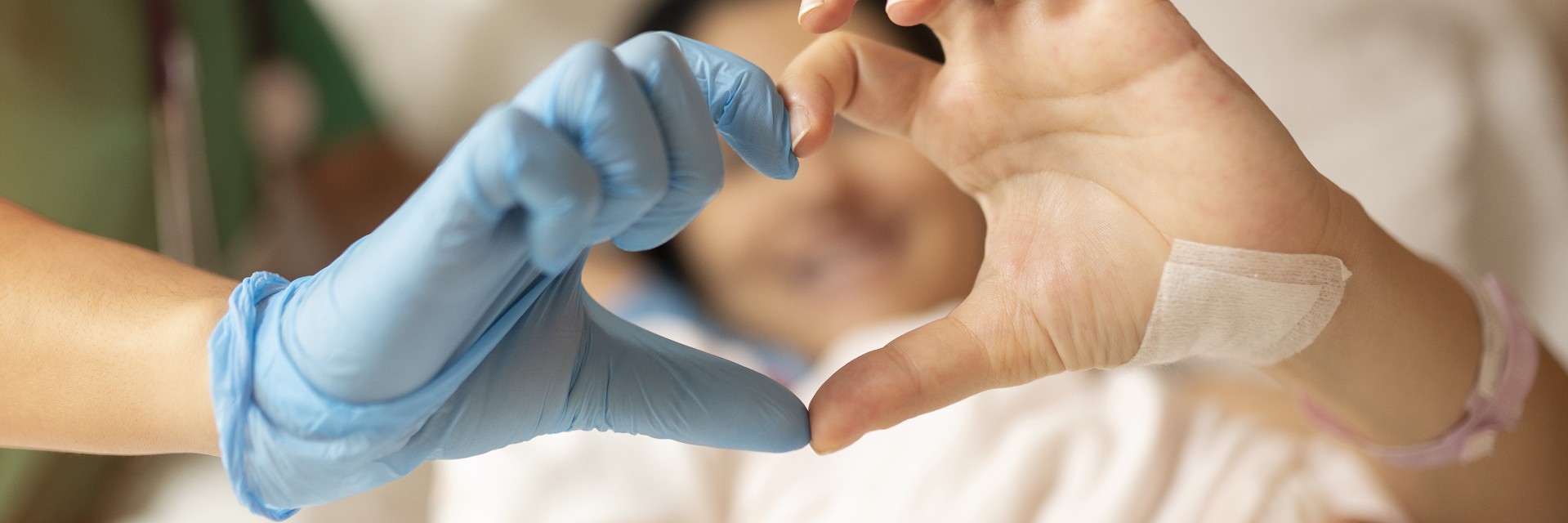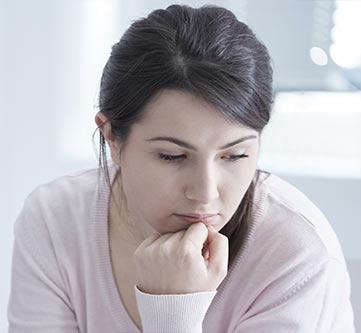Women’s Health Services
Menopause
Understanding menopause and developing a strategy to manage your symptoms can improve your health and lifestyle. If your symptoms are bothering you, your doctor can help.
Your doctor can tell you about the changes in your body and offer options for managing your symptoms. Many treatment options are available and include:
- Lifestyle changes: Improving diet, regular exercise and stopping smoking can improve your overall wellbeing and make symptoms easier to tolerate. Some psychological treatments e.g. cognitive behavioural therapy (CBT) and mindfulness may also help (See AMS information sheets – Lifestyle advice for healthy ageing and Menopause and body changes)
- Menopausal Hormone Therapy: (See AMS information sheets – Combined menopausal hormone therapy and Treating the menopause – the concept of risk and benefit)
- Non-hormonal treatment options: (See AMS Information Sheet Non-hormonal treatments for menopausal symptoms)
- Complementary therapies: (See AMS information sheet – Complementary and herbal therapies for hot flushes) If you have any concerns or questions about the options to better manage your menopausal symptoms, visit your doctor or go to ‘Find an AMS Doctor service’ on the AMS website.
Speak with Dr Amatul Ali today to better manage your menopause health.
Dr Amatul Ali is passionate about Women’s Health and is part of the Australasian Menopause Society.
Do you know which birth control is right for you?
There are many contraceptive methods available in Australia, including implants, intrauterine devices (IUDs), injections, pills, vaginal rings, barrier methods, sterilisation, emergency contraception and natural methods.
When you are choosing the method of contraception that is right for you, it is important to have accurate information and think about which option best suits you. Different methods may suit you at different times in your life.
Come discuss your contraception options with your friendly and caring GPs today.
Get a breast screening every two years
Women aged 50-74 and those who are at average risk for breast cancer are recommended to get breast screening every two years. As breast density is lower in women over 50, it is easier to realise small cancers on a screening mammogram.
If you are between the age of 40 to 49, you should talk to your doctor today about when to start and how often to get a mammogram screening. Together, you can decide what’s best for you based on your personal preferences, your medical history, your family history, and your individual breast cancer risk.
Cervical Screening
The Cervical Screening Test replaced the Pap test in December 2017. The Cervical Screening Test detects infection with human papillomavirus (HPV). HPV is a common virus that causes most cervical cancers.
Early detection and prevention save lives. Therefore, the National Cervical Screening Policy recommends that women:
-
have an HPV test with partial genotyping every 5 years
-
start cervical screening at age 25
-
have an exit test between 70 and 74 years of age
-
have an HPV test at any age if they have symptoms of cervical cancer, even if they screen regularly
Ref: Australian Government Department of Health and Aged Care

Antenatal GP Shared Care
Antenatal care supports pregnant women from conception to birth, aiming to detect and manage potential health issues for both mother and baby.
Good antenatal care is vital. It connects the mother with healthcare systems, ensuring skilled support during birth and promoting long-term health for both mother and child. Inadequate care can lead to complications.
Your GP will usually be your first contact when you find out you’re pregnant. They will coordinate your antenatal appointments, tests, and treatments, guiding you through each stage of pregnancy as a trusted partner.
Dr Aye Su Mon, Dr Elaine Cheung, Dr Olivia Perrottet and Dr Sharlene Li are available for appointments.
Endometriosis
Endometriosis is a condition where tissue similar to the lining of the uterus grows outside the uterus, causing severe pelvic pain and sometimes leading to infertility.
In Australia, the prevalence of endometriosis has risen, with 1 in 7 females and those assigned female at birth now diagnosed with the condition, an increase from the previous estimate of 1 in 9.
The exact cause of endometriosis remains unknown, and there is no way to prevent it. While there is no cure, its symptoms can be managed with medication or, in some cases, surgery.
Symptoms
The most common symptom of endometriosis is pelvic pain, often associated with menstrual periods. While menstrual cramping is common, those with endometriosis experience pain that is typically much more severe and may worsen over time.
Other common symptoms include:
- Painful Periods (Dysmenorrhea): Pelvic pain and cramping may begin before your period and last for several days. You may also experience lower back and abdominal pain.
- Pain During or After Sex: Discomfort during or after intercourse is common in those with endometriosis.
- Pain with Bowel Movements or Urination: These symptoms are most likely to occur before or during menstruation.
- Excessive Bleeding: You may experience heavy menstrual periods or bleeding between periods.
- Infertility: Endometriosis is often diagnosed during investigations for infertility.
- Other Symptoms: Fatigue, diarrhea, constipation, bloating, or nausea, particularly around menstruation.
Managing endometriosis can be challenging, but help is available. If you think you might have symptoms of endometriosis, consult your GP for advice and treatment options.
FAQs
The exact cause of endometriosis is unknown. However, several theories suggest possible factors, including genetic predisposition, immune system disorders, and retrograde menstruation (where menstrual blood flows backward into the pelvic cavity).
Yes, endometriosis can impact fertility by causing inflammation, scarring, and blockages in the reproductive organs. However, many women with endometriosis can still conceive naturally or with the help of fertility treatments.
There is currently no cure for endometriosis, but symptoms can be managed with appropriate treatment. Some women may find relief through surgery, while others may need ongoing management with medication.
Not necessarily. Hysterectomy is very much the last resort and is a decision that requires careful consideration that should be made in consultation with your doctor, taking into account your symptoms, treatment goals and future reproductive plans.
It’s not the first-line treatment for endometriosis and should be considered only after exploring other options.
It’s important to understand that endometriosis is a condition that tends to progress over time, potentially leading to worsening symptoms. Initially, some patients may only experience pain during their menstrual cycle, but as the condition advances, the pain can extend beyond the cycle and occur at various times throughout the month, including during urination, bowel movements, and intercourse. This progression may require intervention and treatment if it begins to significantly impact the patient.
It is therefore strongly recommended that you consult your doctor for medical advice.
Women’s Health: Why it matters
It is important to address women’s health issues because women face unique health challenges, including reproductive health concerns, mental health issues, and chronic diseases. Improving women’s health leads to stronger families, more resilient communities, and greater health equity.




